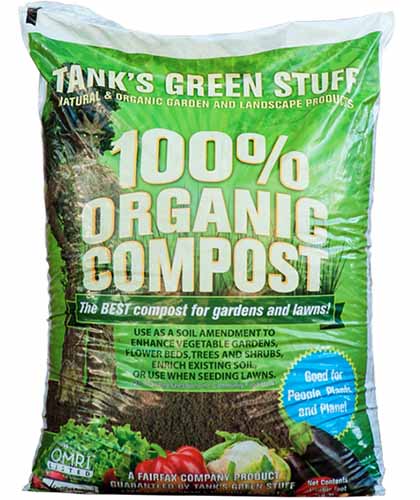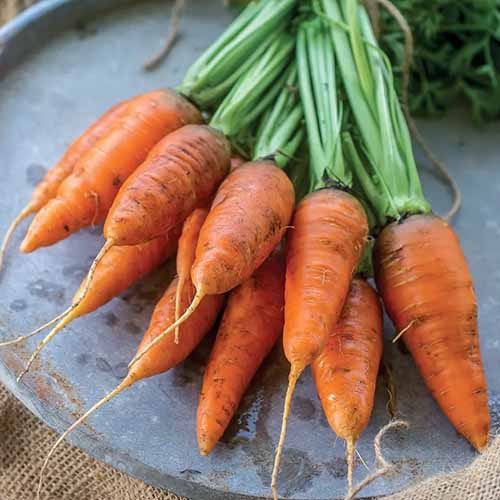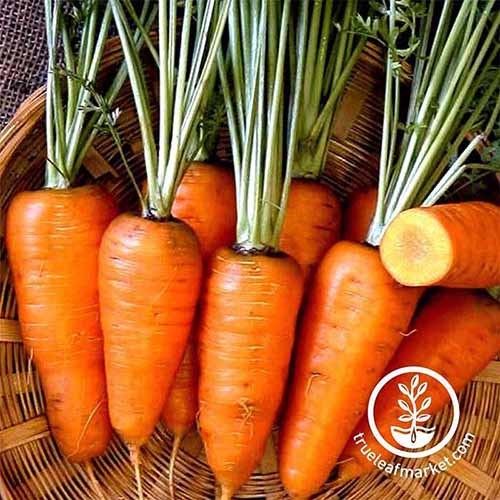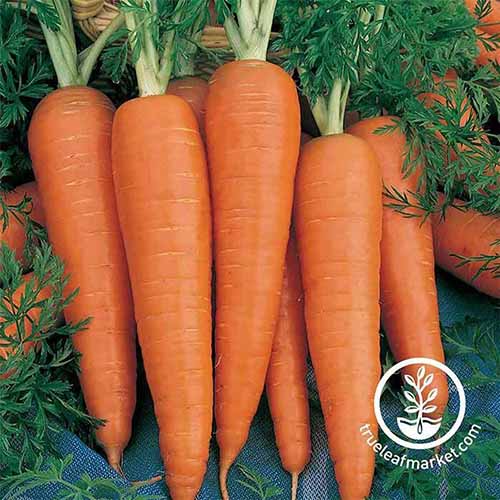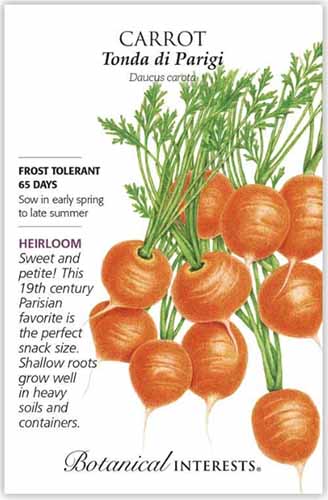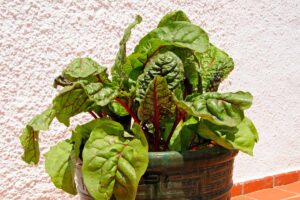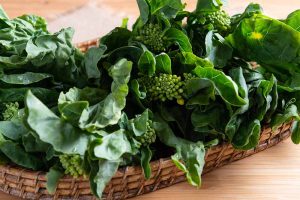Pulling up root vegetables is like opening presents on Christmas day. There’s a powerful feeling of anticipation and excitement about what the wrapping – or the soil – holds.
There are few things more satisfying than pulling up a pristine, brightly colored, edible plant.
While I’ve enjoyed laughing at uniquely shaped vegetables and have an odd love for intertwined roots, I’d much rather uncover something that looks like it came from the grocery store.
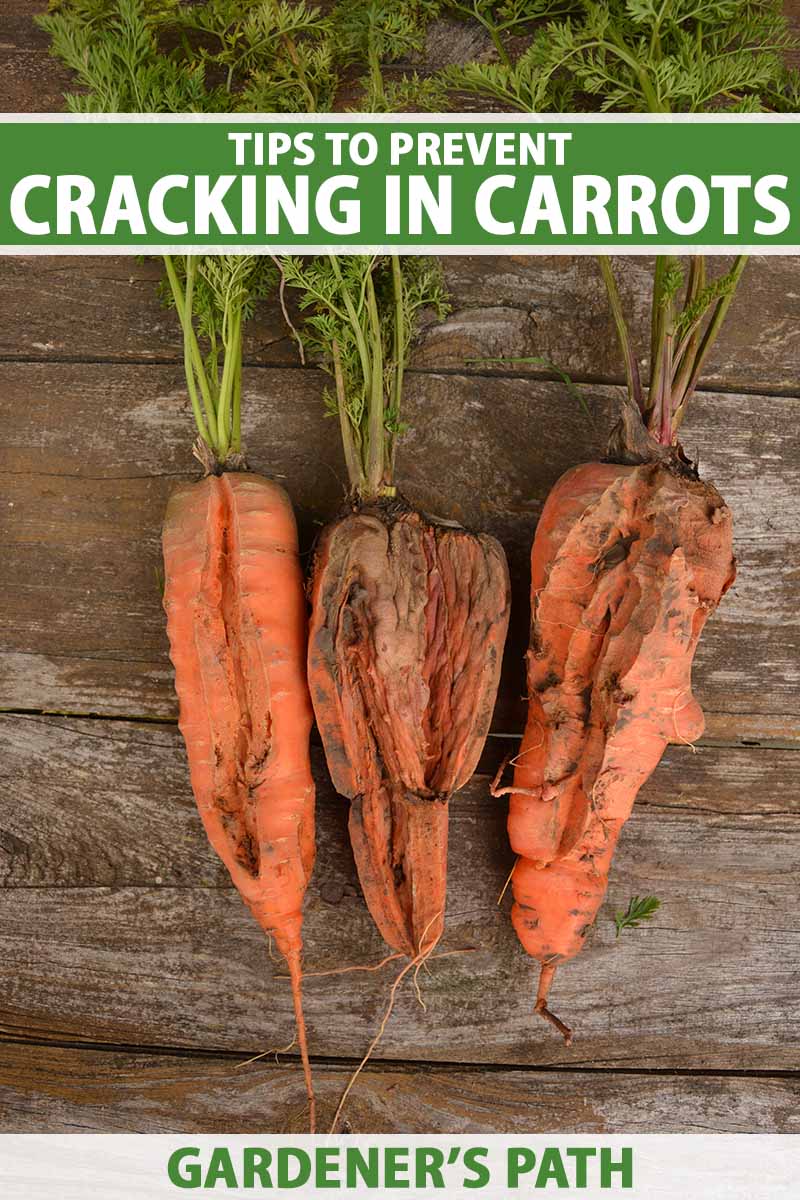
We link to vendors to help you find relevant products. If you buy from one of our links, we may earn a commission.
Carrots are fragile plants and they frequently crack, usually down the length of the root. The primary cause of split carrots is sporadic moisture.
Maturing roots are sensitive to varying degrees of moisture and prefer to be kept at a constant level. This can be especially difficult in areas that are prone to drought.
Carrots should receive one inch of water each week. That said, you should adjust your watering schedule in accordance with the weather.
In particularly hot temperatures you may need to water twice a week. However, excessive watering or rain can also cause the roots to take in too much water and split.
Thankfully, there are many methods for combating this common problem.
In this guide you’ll learn how to prevent misshapen mishaps, including how to choose hardy cultivars, amend your soil, and water your plants to prevent splits.
Here’s a quick overview of everything we’ll cover up ahead:
What You’ll Learn
Why Do Carrots Crack?
Root vegetables crack because a sudden influx of water causes the roots to grow rapidly, and the cells swell with water. Pressure builds up, and the vegetables split.
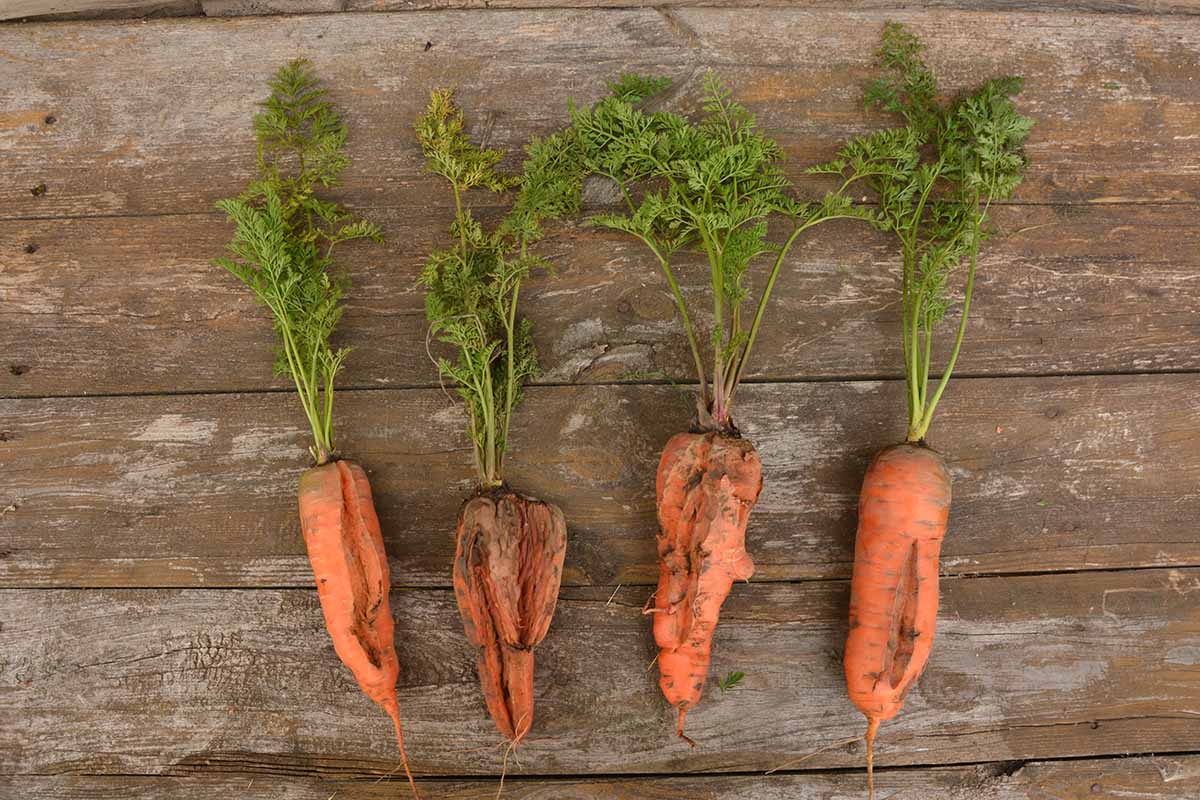
This most commonly happens in the summer, or during periods of drought. Unfortunately, you won’t usually realize that a vegetable has split until after it’s harvested. And you can’t fix a root after the damage is done.
Freezing temperatures can also cause cracking. This is because freezing causes plant cells to expand, contracting again when they defrost.
This damages the cells and can give the produce less of a crunch as well as causing the roots to split. However, harvesting at the correct time helps to make this common problem easier to prevent.
How to Prevent Cracking
Since we know the most common causes of cracking, there are many good options for preventing this deformity. These include soil amendments, strategic placement, planting resistant cultivars, and timely watering.
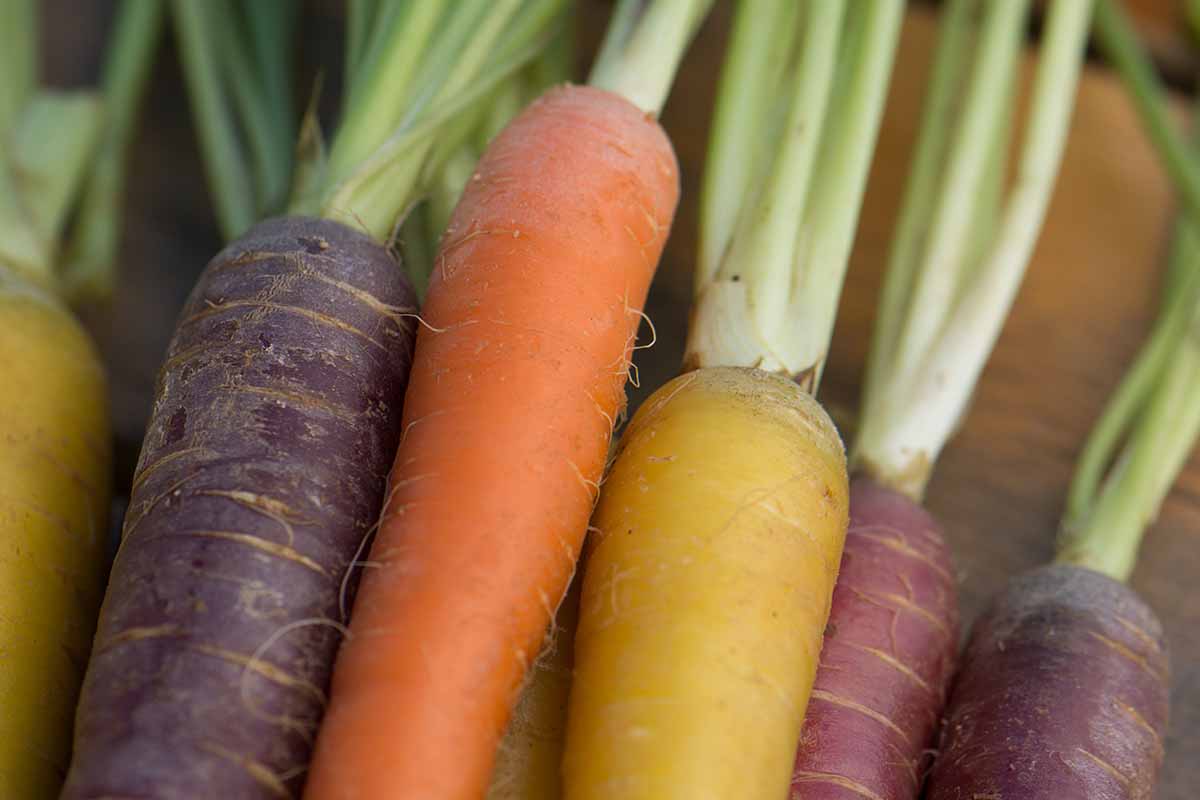
If you harvest cracked carrots, you can’t fix them. But you can learn from your mistakes and figure out what likely caused the problem. First, take a look at the soil.
Start with Soil
Soil that contains plenty of organic matter, as opposed to overly sandy or clay soil, has a friable texture that is more conducive to growing healthy carrots.
Loamy soils are also best for maintaining consistent moisture levels, and are most conducive to growing vegetables without deformities.
Amending with compost is often the best way to improve soil texture. Even household materials like coffee grounds and eggshells can be used as soil amendments or broken down in homemade compost and added later.
If you want to start your own compost pile, check out our detailed guide.
Tank’s Green Stuff Organic Compost
Something like Tank’s Green Stuff organic compost from Arbico Organics is a great option to amend your soil if you prefer to purchase something ready-made!
Select Crack-Resistant Cultivars
Some cultivars are simply more likely to crack than others. For example, long varieties are more likely to split while ball-shaped or miniature cultivars are more resilient.
Here are a few options that are less prone to splitting:
Autumn King
‘Autumn King’ is a pale orange, sweet option. While crack resistant, these are also quite long, reaching 12 inches in length at maturity. They also have notably long tops that can grow up to 16 inches.
These are cold hardy but sensitive to heavy soil conditions and need to be cultivated in a well-tended bed.
You can find ‘Autumn King’ seeds available for purchase from True Leaf Market.
Caracas
‘Caracas’ are short, with the mature roots only reaching around three inches long and three inches wide. This hybrid variety is also known for being very sweet and easy to grow in containers.
You can buy packets of 1000 seeds from Burpee.
Chantenay Red Core
‘Chantenay Red Core’ gets its name from its dark orange to red center. The outside of the carrot is bright orange, giving each slice a distinctive cross section.
This variety matures in 60 to 70 days and has a blunt root tip. It’s tender enough to eat raw but also good for cooking.
You can find seeds at True Leaf Market.
Check out our guide to learn more about growing ‘Chantenay.’
Danvers 126
If you’ve grown carrots before, you’ll likely recognize the name of this variety. ‘Danvers 126’ is a split-resistant heirloom cultivar that tolerates heavy soils.
These are known for their sweet taste and hardiness.
True Leaf Market has these popular heirloom seeds available for purchase.
Learn more about growing ‘Danvers’ in our guide.
Tonda di Parigi
‘Tonda di Parigi’ means “round of Paris” in Italian, and this heirloom cultivar produces shallow, round roots which are both resistant to cracking and suitable for container gardening.
These vegetables mature in just 65 days and seeds are available in 800-milligram packets from Botanical Interests.
Add Mulch
Mulch is also good for water retention and regulating moisture, which can help to prevent cracking in your carrot crop.
While compost can be used as a mulch, wood chips are one of the most popular options. Straw and autumn leaves are also cost-effective solutions that slowly break down into organic matter that improves the soil.
If you opt to buy mulch, make sure it is recommended for garden use. Some types of commercial hay and straw have been directly or indirectly exposed to herbicides that can damage your plants.
Grow in Containers
If you are growing carrots on a small-scale, you may be able to prevent cracking roots by planting them in containers.
This is an especially useful solution in areas prone to extreme weather fluctuations since containers can be moved out of the rain or sun in accordance with the forecast.
Keep in mind that you will need to be much more proactive with your crop if you go this route. Pots tend to dry out more quickly than the ground.
Containers that are deep and large enough to grow carrots may also be difficult to move in inclement weather, so consider using a wheeled cart or plant stand, or enlist the help of a friend!
To learn more about growing carrots in containers, check out our detailed guide.
Set a Watering Schedule
My favorite way to reduce the risk of cracking is to set a watering schedule. In general, carrots need one inch of water each week.
You can also use drip irrigation or soaker hoses on a timer as an easy, hands-off option.
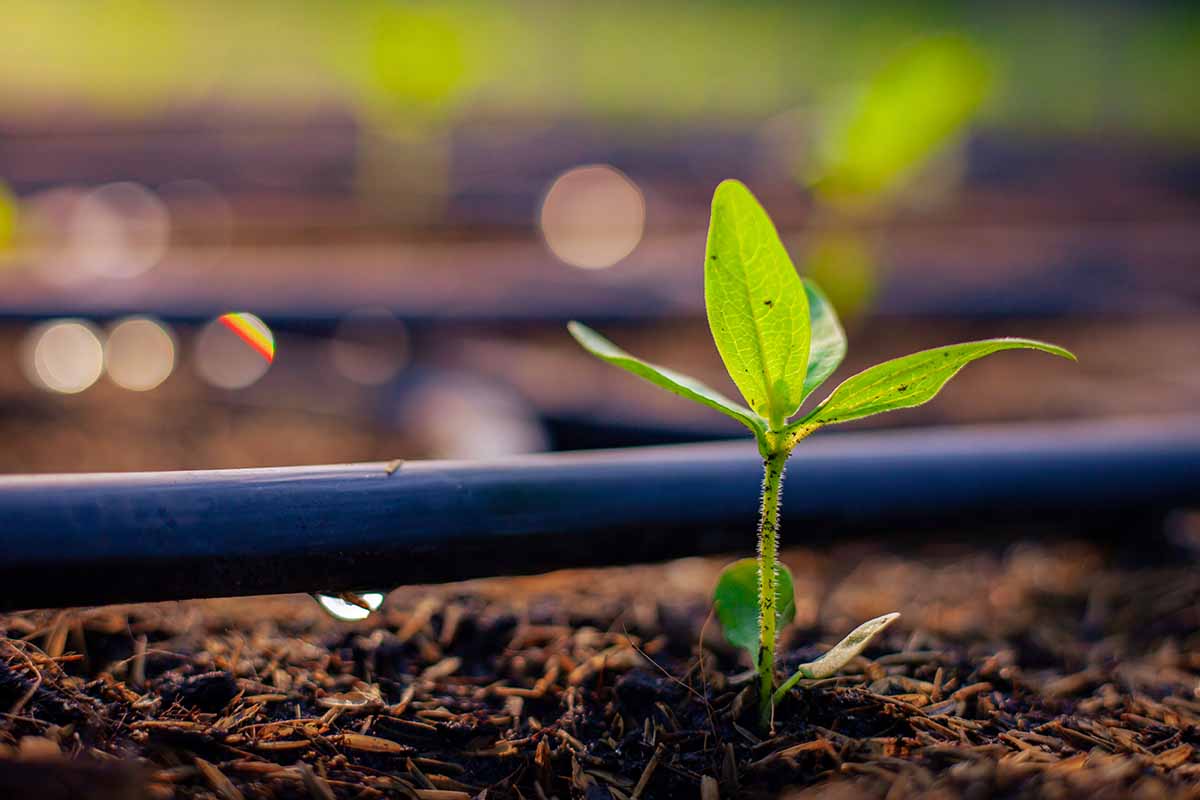
Of course, this preventive measure comes with its own caveats. You should still go out and manually check the soil moisture from time to time.
Outdoor conditions are highly variable, and carrots require consistent moisture, so upping the amount and frequency with which you irrigate will be required during dry spells.
For many gardeners, setting reminders to check on the moisture level of the soil on a set schedule is best.
Your plants may not need the same amount of water at the same time each day throughout the season, but remembering to be an attentive gardener can help you to produce a carrot harvest that’s free of cracks.
Making necessary adjustments during periods of heat and drought is important, to bring in your best crop yet. One of the best ways to get an accurate read on how much you should water is to use a moisture meter.
Use a Moisture Meter
If you often grow moisture-sensitive vegetables like carrots and turnips, it might be worth it to invest in a moisture meter.
Simply put, a moisture meter monitors and informs you about the water levels in your soil, so you can adjust your watering habits accordingly.
If you’re looking for an affordable yet reliable moisture meter, check out the Hydrofarm Active Air 3-Way Meter from Arbico Organics.
Hydrofarm Active Air 3-Way Meter
I like this option because it gives you a lot of bang for your buck. Not only does it measure moisture but it also estimates light and pH levels, so it can tell you a lot about your soil health.
If you are new to using these handy tools, be sure to read our guide.
Harvest in a Timely Manner
While water is the most common culprit, a hard freeze can also cause splits. In general, it is best to harvest your carrots before the ground freezes.
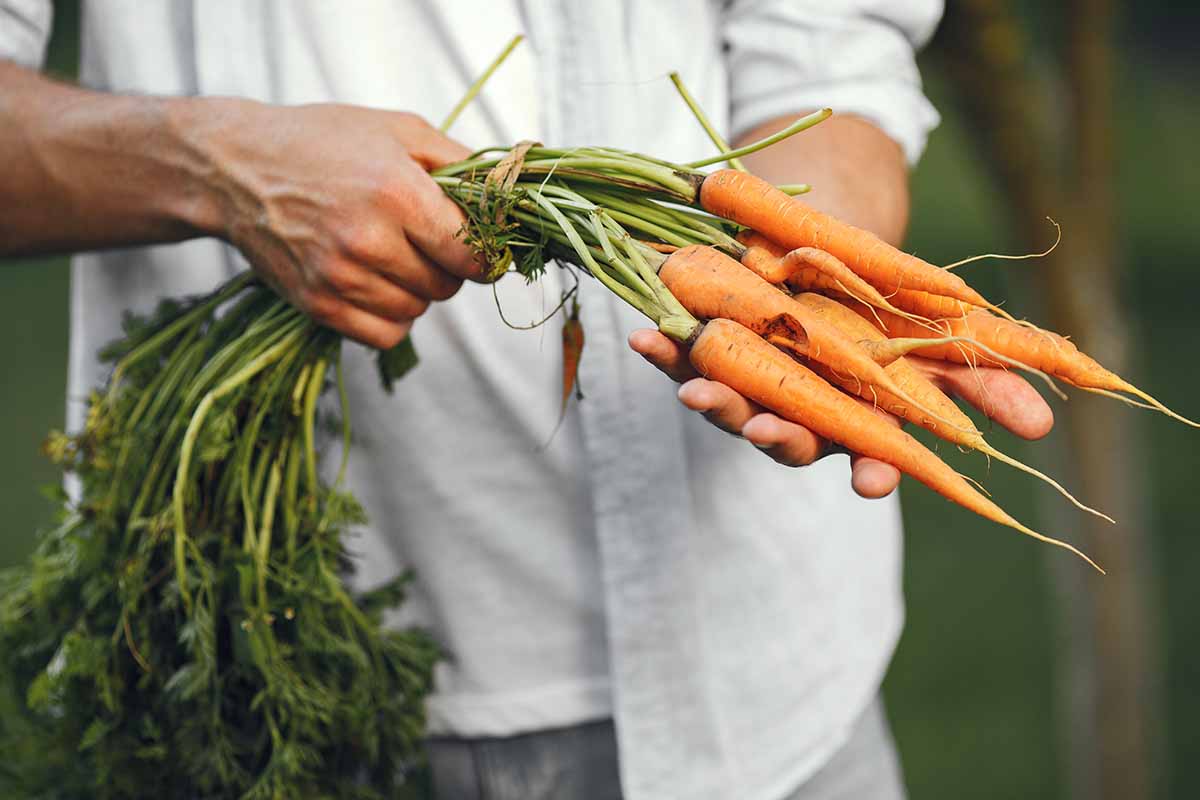
The best way to make sure your roots are ready to harvest on time is to plant them on time! Planting a fall crop can be particularly difficult since you have to provide enough time before the arrival of the first frost.
Making a gardening plan is a proactive way to get your crops in the ground at the right time while also maximizing your harvest.
I’ve found that keeping a gardening journal with previous plans also helps me to remember what worked and learn from my mistakes.
Some carrots can be stored in the ground over winter but you must strategically consider your variety and growing conditions.
The ideal storage temperature range for carrots is 32 to 40°F. They can be mulched and stored in the ground all in gardens as far north as USDA Hardiness Zone 5a.
If you’d rather just pull up your roots before the arrival of wintry weather, check out this detailed guide on when and how you should harvest.
Are Deformed Carrots Still Edible?
Yes, even cracked, they are still edible!
For more detail on the edibility of deformed carrots, check out our guide to nine common causes of deformed roots.
If you suspect your vegetables have cracked, harvest them immediately, as split roots are prone to rot.
Before eating them, the produce should be washed thoroughly since the ridges often hold dirt. Damaged areas that are difficult to clean can be cut away and discarded.

I’m partial to using imperfect roots in pasta dishes. Try including any that you’ve harvested from your garden in this roasted carrot ravioli with thyme brown butter. You’ll find the recipe on our sister site, Foodal.
You can make soups and stews with them too, like this roasted carrot and onion soup with dukkah spice, also from Foodal.
If you don’t like the idea of eating deformed carrots, give them to a friend so they don’t go to waste!
They’re excellent for feeding livestock, and anything harvested from the garden that is free of pests or disease pathogens can also be added to the compost pile.
Cracked but Charming
Root splits are easy to prevent with appropriate adjustments to moisture and harvest times. Likewise, being strategic about when you water and what varieties you grow can make a big difference.
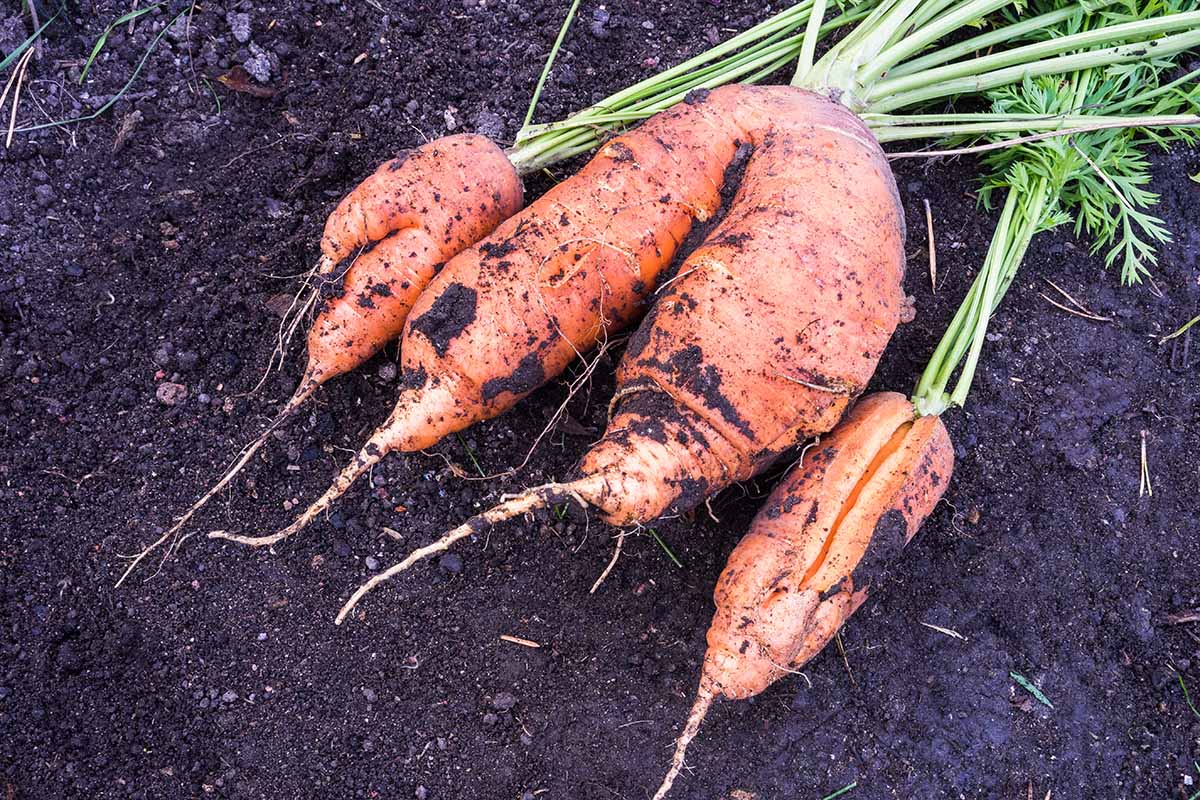
Still, pretty produce isn’t the be-all and end-all. While cracked vegetables might not be traditionally beautiful, they are still homegrown and delicious. Besides, eating split or otherwise imperfect produce can help to reduce food waste.
Do you often end up with deformed roots? What are your favorite ways to eat them? Let us know your favorite tips and recipes in the comments!
If you want to learn more about growing carrots, check out these articles next:
